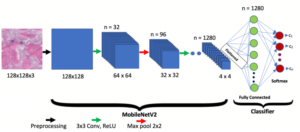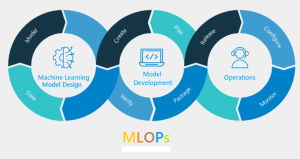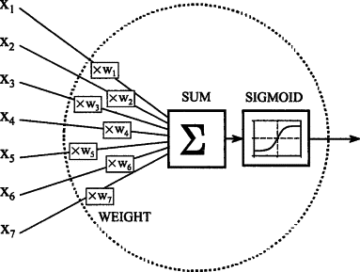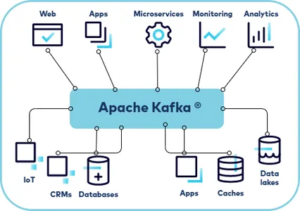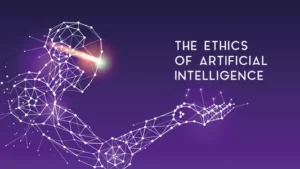Introduction
In a significant stride towards the future of artificial intelligence, researchers have unveiled Unified-IO 2, a groundbreaking autoregressive multimodal model. This revolutionary iteration redefines the boundaries of AI by comprehending and generating diverse data modalities, including image, text, audio, and action. The shared semantic space and a singular encoder-decoder transformer model drive its unparalleled capability, overcoming the complexities of training multifaceted models.
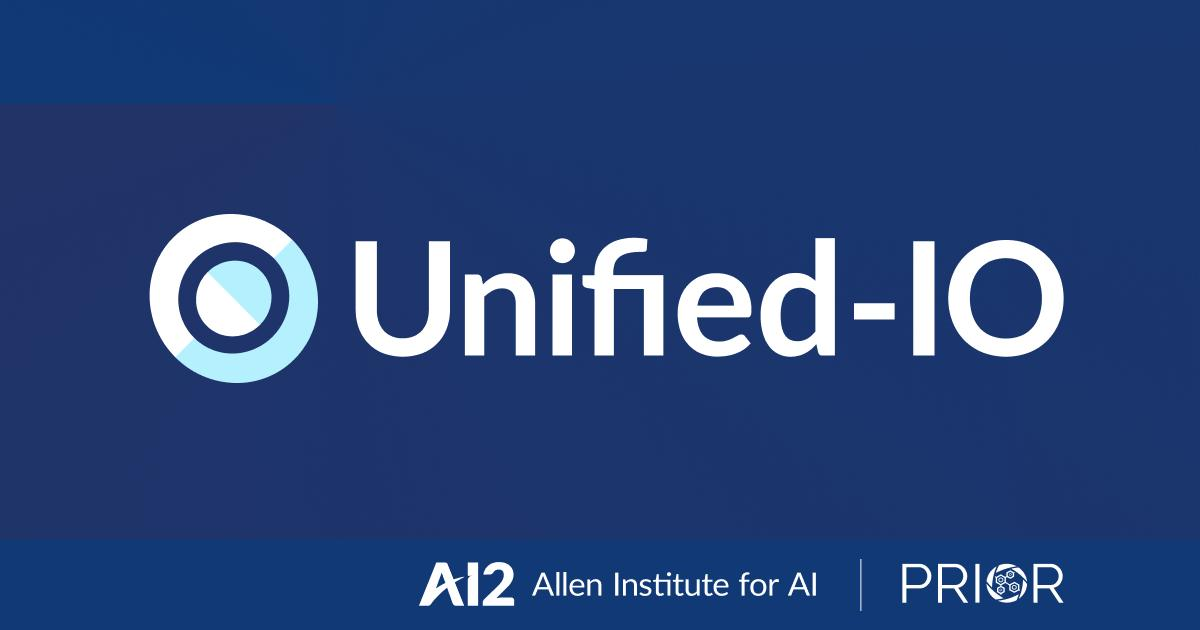
Navigating the Multimodal Landscape: A Unified Approach
Unified-IO 2 employs a novel approach, tokenizing inputs and outputs into a shared semantic space, processed through a single encoder-decoder transformer model. This unified methodology sets it apart, allowing seamless navigation through the complexities of various modalities. The model’s capacity to handle myriad tasks, from image and text generation to audio and action output, showcases its proficiency.
Challenges and Solutions: Architectural Enhancements
Training with diverse modalities presents challenges, leading to proposed architectural enhancements for stable model training. The model is trained from scratch on an extensive multimodal pre-training corpus, incorporating various sources. A multimodal mixture of denoisers’ objectives facilitates self-supervised learning signals across multiple modalities, ensuring the model’s adaptability.
Versatility Unleashed: Performance Across Benchmarks
Unified-IO 2 excels in over 35 benchmarks, spanning image generation and understanding, natural language understanding, video and audio comprehension, and even robotic manipulation. Notably, its state-of-the-art performance on the General Robust Image Task (GRIT) benchmark surpasses its predecessor by 2.7 points. The model’s ability to follow free-form instructions underscores its robustness.
Results Speak Louder: A Multitasking Marvel
Unified-IO 2’s performance on the GRIT benchmark is remarkable, showcasing prowess in categorization, localization, segmentation, and keypoint estimation. The model’s versatility extends to image and text generation, audio synthesis, and action prediction, positioning Unified-IO 2 as a true multitasking marvel, outperforming competitors in various domains.
Charting New Territories: Beyond Benchmarks
Unified-IO 2’s capabilities extend beyond familiar benchmarks, entering novel territories such as text-to-image generation, text-to-audio generation, and action generation. Outperforming competitors, the model underscores its competence in diverse tasks, marking its versatility and adaptability in handling complex challenges.
You can read about – What are Multimodal Models
Vision and Language Dominance: A Holistic Understanding
Unified-IO 2 doesn’t stop at multitasking; it excels in vision and language tasks, achieving state-of-the-art results on benchmarks like GRIT, VQA, and ScienceQA. Its performance is a testament to its holistic understanding of multimodal data, solidifying its position as a vision and language generalist.
Our Say
As we delve into the intricacies of Unified-IO 2, it becomes evident that this multimodal model is not just a step forward but a leap into the future of AI. The capacity to handle diverse tasks showcases the model’s proficiency, and its ability to outshine competitors in various domains demonstrates its adaptability. Unified-IO 2 stands as a beacon, pointing towards a future where AI seamlessly navigates and comprehends the intricacies of our multimodal world. This remarkable achievement opens new horizons, inspiring further exploration and advancement in artificial intelligence.
Follow us on Google News to stay updated with the latest innovations in the world of AI, Data Science, & GenAI.
Related
- SEO Powered Content & PR Distribution. Get Amplified Today.
- PlatoData.Network Vertical Generative Ai. Empower Yourself. Access Here.
- PlatoAiStream. Web3 Intelligence. Knowledge Amplified. Access Here.
- PlatoESG. Carbon, CleanTech, Energy, Environment, Solar, Waste Management. Access Here.
- PlatoHealth. Biotech and Clinical Trials Intelligence. Access Here.
- Source: https://www.analyticsvidhya.com/blog/2024/01/unified-io-2-a-giant-leap-in-multimodal-ai-evolution/
- :is
- :not
- :where
- 35%
- 7
- a
- ability
- About
- achievement
- achieving
- across
- Action
- advancement
- AI
- Allowing
- an
- and
- apart
- approach
- architectural
- ARE
- artificial
- artificial intelligence
- AS
- At
- audio
- beacon
- becomes
- Benchmark
- benchmarks
- Beyond
- boundaries
- but
- by
- CAN
- capabilities
- capability
- Capacity
- challenges
- competitors
- complex
- complexities
- comprehends
- data
- data science
- delve
- demonstrates
- diverse
- Doesn’t
- domains
- Dominance
- drive
- employs
- enhancements
- ensuring
- entering
- Even
- evident
- evolution
- exploration
- extend
- extends
- extensive
- facilitates
- familiar
- follow
- For
- Forward
- from
- further
- future
- Future of AI
- General
- generating
- generation
- giant
- groundbreaking
- handle
- Handling
- Have
- High
- holistic
- Horizons
- HTTPS
- image
- image generation
- in
- Including
- incorporating
- innovations
- inputs
- inspiring
- instructions
- Intelligence
- into
- intricacies
- IT
- iteration
- ITS
- just
- landscape
- language
- latest
- leading
- Leap
- learning
- like
- Localization
- louder
- Manipulation
- marking
- marvel
- max-width
- Methodology
- mixture
- modalities
- model
- models
- multifaceted
- multiple
- myriad
- Natural
- Natural Language
- Natural Language Understanding
- navigates
- Navigation
- New
- new horizons
- notably
- novel
- objectives
- of
- on
- opens
- our
- outperforming
- output
- outputs
- over
- overcoming
- performance
- plato
- Plato Data Intelligence
- PlatoData
- points
- position
- positioning
- predecessor
- prediction
- presents
- processed
- proposed
- prowess
- Read
- remarkable
- researchers
- Results
- revolutionary
- robust
- robustness
- Science
- scratch
- seamless
- seamlessly
- segmentation
- Sets
- shared
- showcasing
- signals
- significant
- single
- singular
- solidifying
- Solutions
- Sources
- Space
- spanning
- speak
- stable
- stands
- state-of-the-art
- stay
- Step
- Stop
- stride
- such
- surpasses
- synthesis
- Task
- tasks
- territories
- testament
- text
- text generation
- that
- The
- The Future
- the world
- this
- Through
- to
- tokenizing
- towards
- trained
- Training
- transformer
- true
- underscores
- understanding
- unified
- unleashed
- unparalleled
- unveiled
- updated
- us
- various
- versatility
- Video
- vision
- we
- with
- world
- zephyrnet

